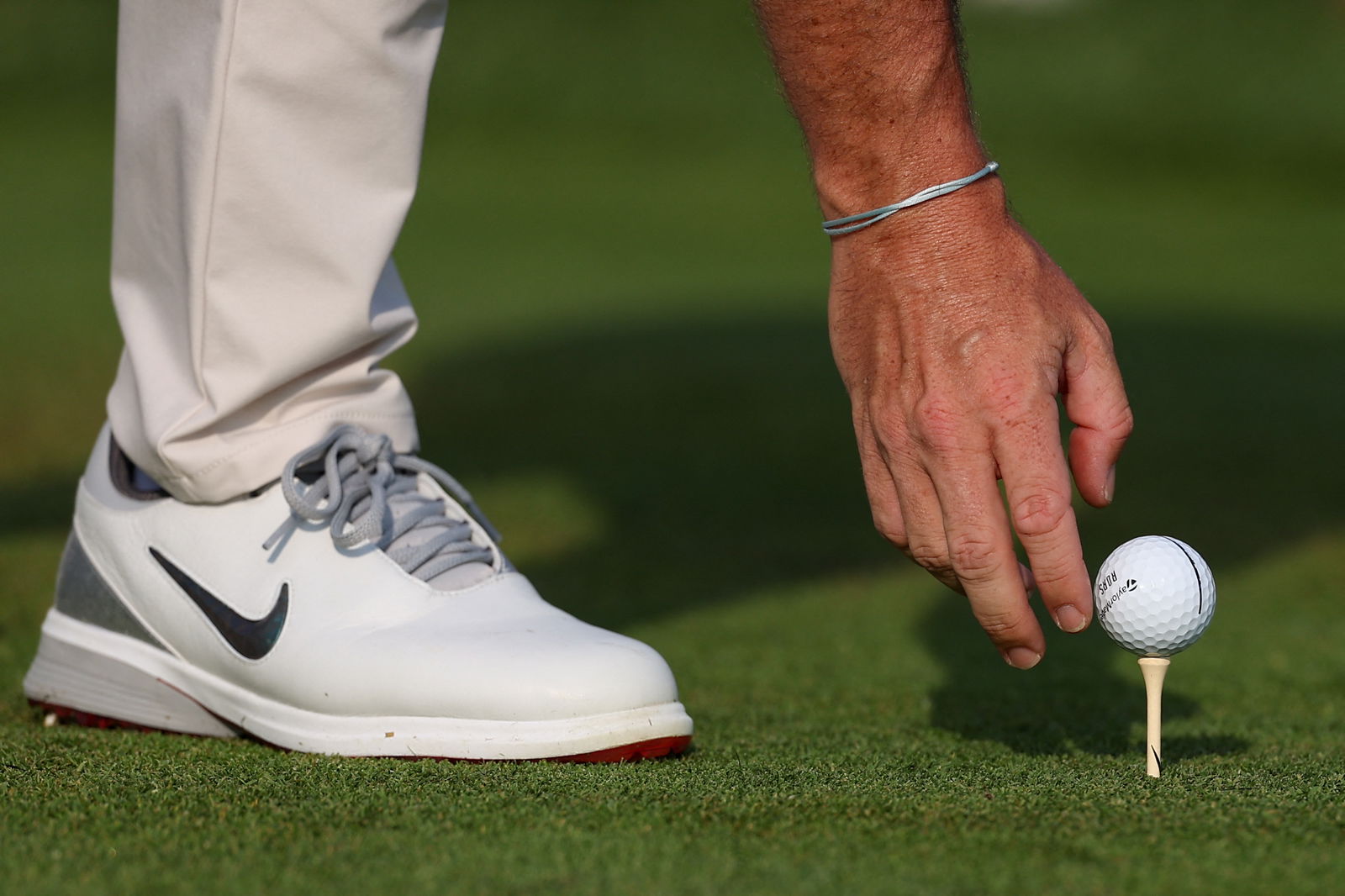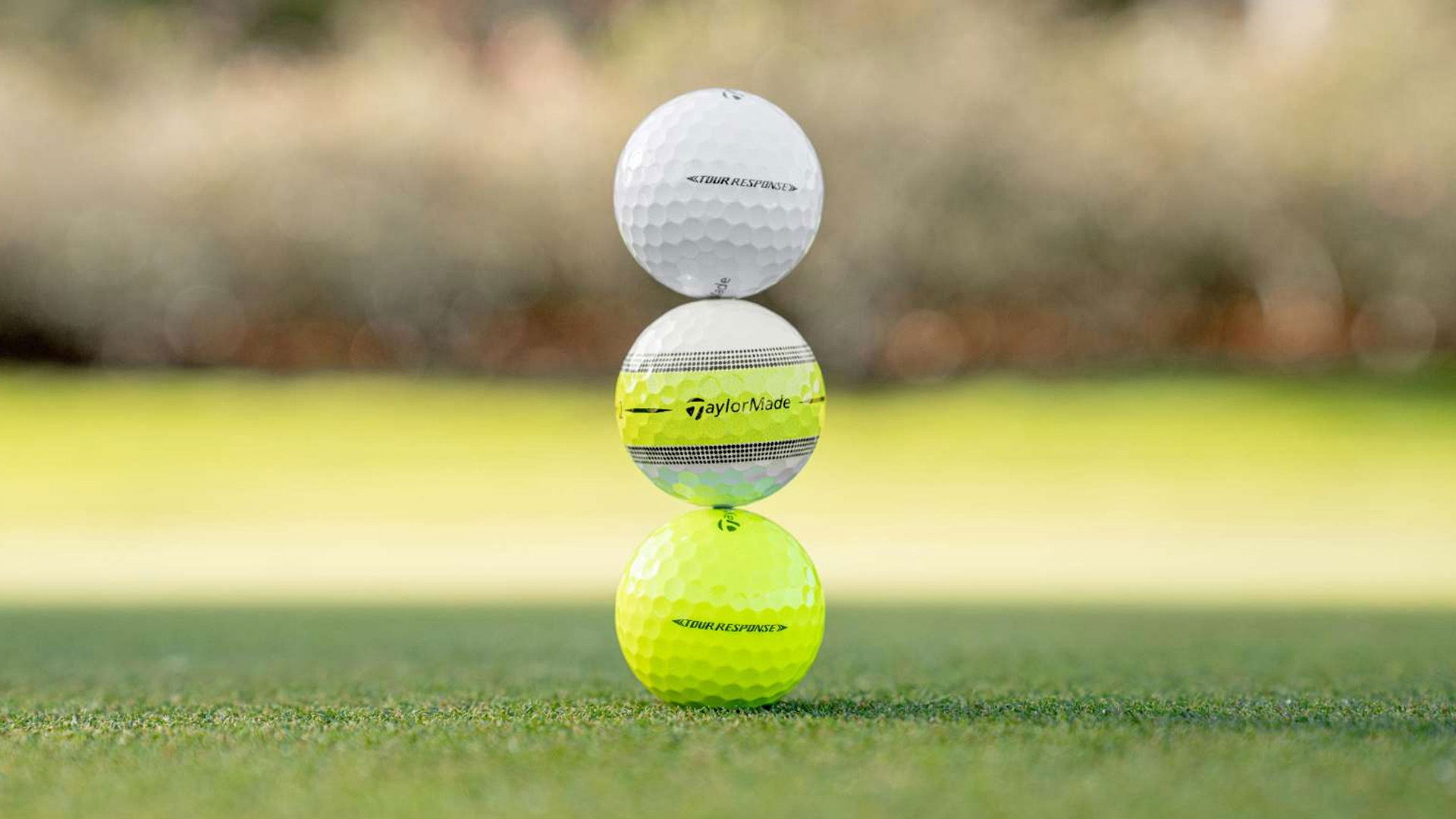What are golf's winter rules and when do they apply?
Want to make the most of your round this winter? These are the rules you need to know about.

As is so often said, golf really is hard enough without adding the variable of icy, rainy or just downright uncomfortable winter conditions into the mix.
Even so, winter golf is becoming more and more popular as the time-honoured tradition of packing your clubs away in November falls by the wayside and an increasing number of courses remain open (and more affordable) throughout the winter months.
And why not? Winter golf, cold as it can often be, is also great fun and a unique test of man's skill against the most brutal of elements, requiring the utmost control and quality ball striking to ensure low scores and, of course, un-stung hands.
And with winter rules in play, it also brings with it some often unspoken about advantages that playing in Spring, Summer and Autumn don't. The issue, however, is that many golfers take to the course in the coldest months unaware of what those rules actually are.
As enthusiastic players of Winter Golf, here at GolfMagic we're committed to helping you play your best golf no matter the season. We've compiled a winter golf gear guide for that very reason, and here we're diving into the winter golf rules everyone should know about with the weather rapidly beginning to turn frosty.
Here's what you need to know.
What are winter golf rules and when do they apply?
Winter golf rules are a specific set of rules that apply to golf throughout the winter months, their aim being both to improve the experience of the golfer out on the course and help them play their best golf, while reducing wear and tear on the courses at a time when they're most susceptible to lasting damage.
The decision of when to implement winter rules falls down to the respective golf club itself and generally varies according to the weather and course conditions. Under USGA and R&A guidelines, winter rules can be applied between the months of October all the way through until the end of April, however earlier this year England Golf announced that clubs in England could implement the rule year-round if they wished to address the increasingly common issue of inclement weather affecting course conditions.
As you would with any other local rule, we recommend checking with the pro shop at your local course to see if any local winter rules are in effect before heading out on your round.
What are the typical winter golf rules?
Winter golf rules generally pertain to certain scenarios on the course, and also take into account the unfair disadvantage many players will have when playing in cold and damp conditions with courses more liable to be in rough shape than they would be over the warmer months. These include:
Preferred Lies
The main winter golf rule is covered under USGA Model Local Rule E-3, universally known as Preferred Lies. This effectively states that if a player's ball is already on or touching part of the fairway, they may pick it up and place it on a more favourable lie within a certain area and no closer to the hole (typically within 6 inches, a scorecard length or sometimes a club-length).
The Preferred Lies rule also applies to your ball coming to rest in a divot, giving golfers a handy out in a scenario where in the spring or summer they'd typically have to play the ball as it lies.
Once again, however, it's worth reiterating that Preferred Lies is implemented at the discretion of your golf club's rules committee, meaning you should check to see if it's in play before heading out.
The ball in leaves rule
With more foliage covering the ground over the autumn and winter season, it's far easier for one to lose a ball in an unfair manner. This is addressed in Model Local Rule F-14, once again implemented at the discretion of the course itself, which allows free relief if you believe your ball has been lost in a dense covering leaves, seeds or acorns on the ground. Per the USGA's rulebook:
A Committee can choose to treat such piles of loose impediments in the general area or in a bunker as ground under repair from which free relief is allowed under Rule 16.1.
You can read more about golf's autumn-winter leaves rule here.
The embedded ball and casual water rules
A year-round rule that's especially valuable with golf courses liable to become muddy and boggy over the wetter months, under USGA Rule 16.3 players who find their ball embedded in its pitch mark on either the fairway or in the rough are allowed to take it out of the divot, clean it and place it within one club length of its original spot no nearer to the hole.
This rule also applies to areas covered with what's dubbed casual water, i.e. any temporary puddles that form on a course and aren't designated as a penalty area. Any ball that comes to rest in one of these areas can be picked up, cleaned and placed in at the nearest point of complete relief no closer to the hole.
It's worth mentioning, however, that the ability to pick up and clean your ball doesn't apply if it's simply wet or muddy but otherwise in a playable lie.











